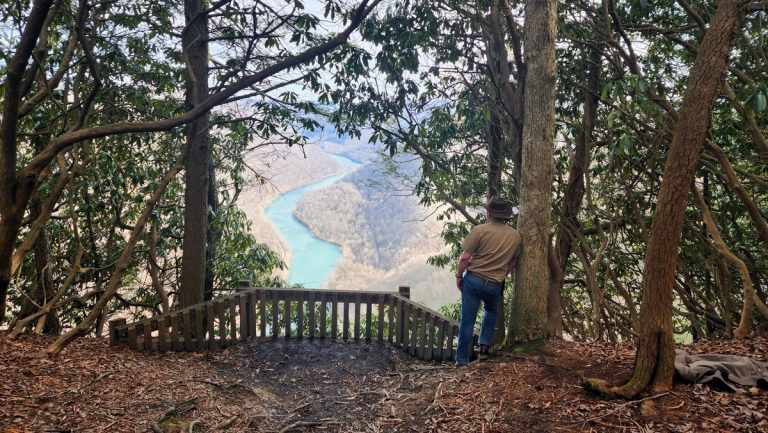
CHARLESTON, W.Va. — Communities across West Virginia are turning to their scenic potential to bolster local economies. They've discovered that beauty spots attract tourists and increase the desirability of nearby real estate without much expense.
Landscape architect Joe Bird, vice president of Chapman Technical Group, says West Virginia's beauty has substantial economic value, and investors from across the U.S. are moving to the state partly because of its beauty.
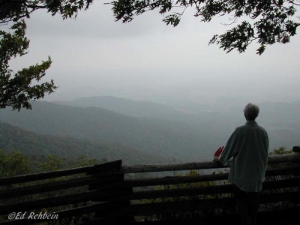
One study that considered visitor surveys from national parks across the U.S. found that 90 percent of visitors identify scenic views as "very" or "extremely" important to protect.
Though establishing an overlook or scenic trail may not require an architect or engineer, it does require thought and planning. Bird offers the following advice for public and private development of scenic overlooks.
Do NOT remove the trees.
"Keep the tree canopy!" Bird emphasizes. "In considering an overlook, it's crucial to minimize disturbing the existing vegetation."
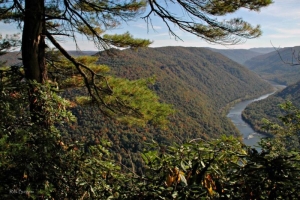
The removal of trees and the shade they provide ultimately leads to the growth of brush. Young trees sprouting from old stumps can quickly become maintenance issues, blocking the intended view and leading to erosion.
Invasive species such as Multiflora Rose and Japanese Knotweed can take over within weeks after shade trees are removed. Because of its weak root system, knotweed, in particular, can lead to erosion and landslides.
Instead, Bird says, remove just enough foliage to open the view. Clip as few branches as possible and clip them back to the trunk to prevent regrowth. "If you have to do a lot of clearing, maybe you don't have the right site."
The knowledge required to remove branches appropriately may demand a tree surgeon or certified arborist rather than a tree trimmer. West Virginia University provides a guide to hiring a certified arborist here.
Outdoor seating is essential.
In some cases, an overlook may be suited to a bench or picnic table arranged so as not to interrupt the enjoyment of the view. The accommodation of multiple groups of people should be considered when space allows.
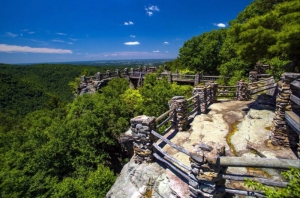
"I like to use natural elements for seating where possible. Maybe boulders could be moved and arranged in a way that could provide seating. Or fallen trees.
"This doesn't mean that benches won't be required. They will still be needed, and they should be spaced so that people can sit by themselves and not feel like they're intruding in someone else's space.
"Trash receptacles are also necessary and, again, should be strategically placed where they may be used but are out of the way of the scenic view."
Consider a wayside exhibit.
Wayside exhibits and information kiosks are invaluable at overlooks, providing opportunities to underscore community highlights and points of interest visible within the viewshed.
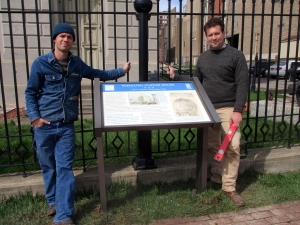
"An informational kiosk is always good. They let people know what they're looking at and provide reference points," Bird says.
The National Park Service has established best practices for developing waysides. According to the park service, they should not intrude on the view or call attention to themselves. They should never stand so close to a view that they appear in potential photographs.
The park service provides a guide to developing outdoor interpretive exhibits that can be downloaded.
Safety at an overlook is a priority.
As many overlooks are located at the top of steep climbs and the edge of cliffs, preventing a tumble is an ultimate concern.
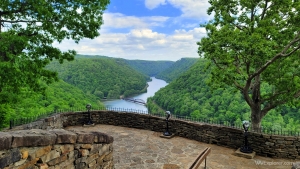
"Of course, safety would be paramount to ensure people can enjoy the view without endangering themselves," Bird said. "Properly designed railing will be essential."
Ideally, walls and railings built of non-reflective materials can be added at overlooks to accommodate visitor safety without encumbering views. In natural settings, native materials such as wood and stone might be used. In urban settings, brick walls and wrought iron fences might be more appropriate.
The key is to consider railing materials that don't attract attention to the overlook as seen from afar. Silvery chain-link fences and bright, unstained lumber, for instance, will detract from the overlook's scenic potential and the value of properties within the viewshed.
The National Park Service provides a guide to best practices concerning the development of overlooks. "Low-reflective materials help reduce glare from sunlight. More heavily textured materials in natural landscapes often blend better than those with a smooth finish. Better-looking, more durable projects result from using high-quality materials appropriate to the setting."
Sign up to receive a FREE copy of West Virginia Explorer Magazine in your email weekly. Sign me up!




























